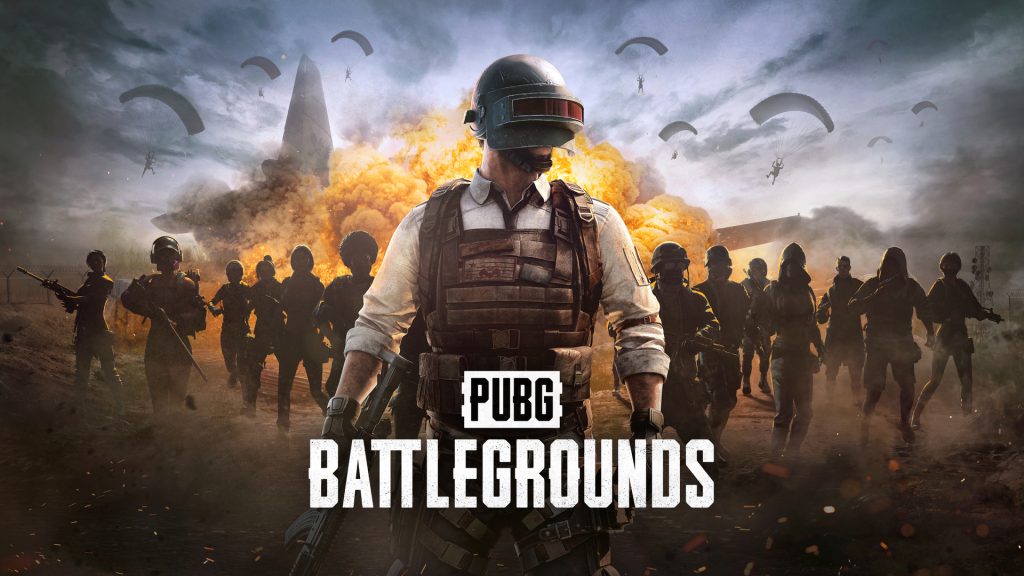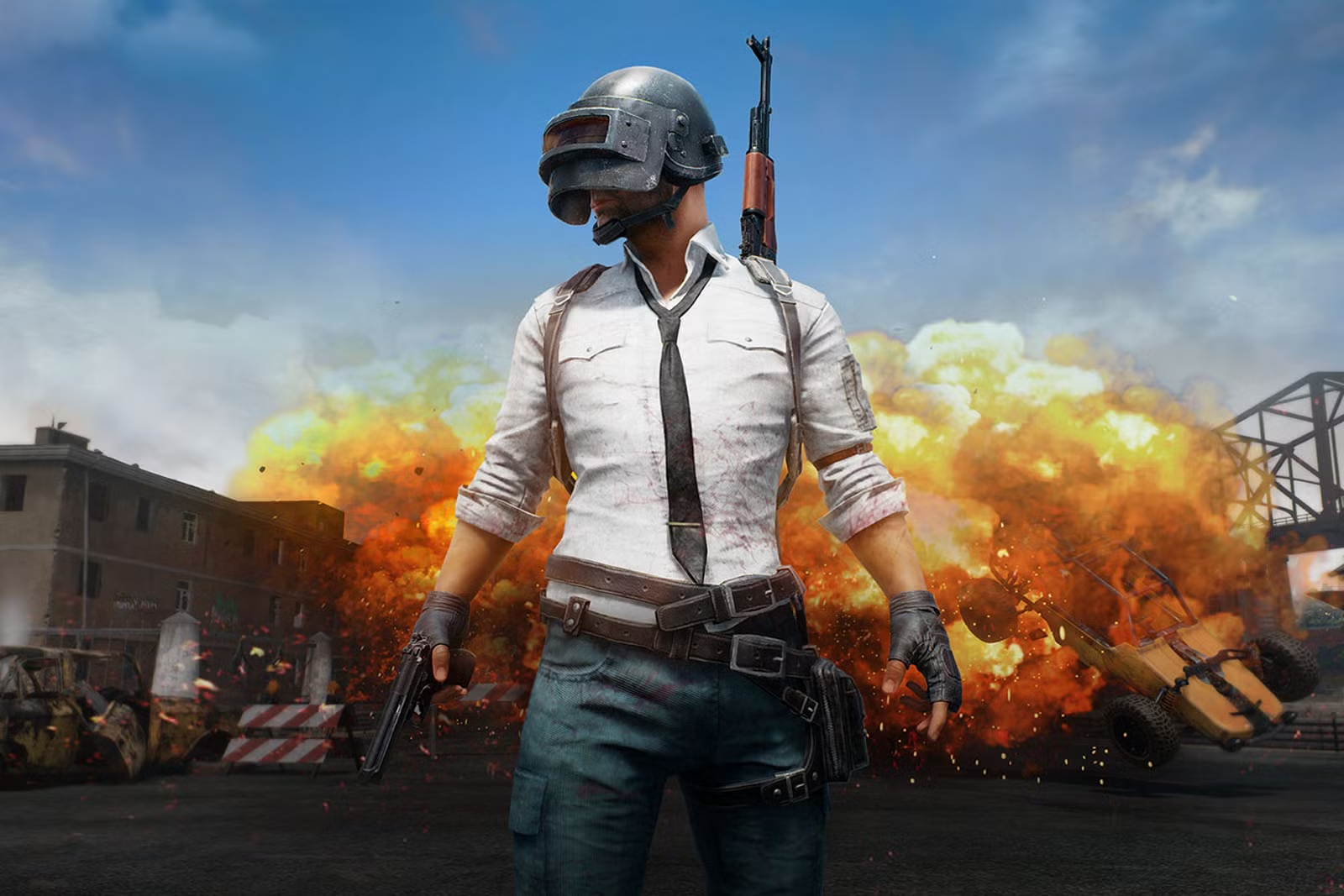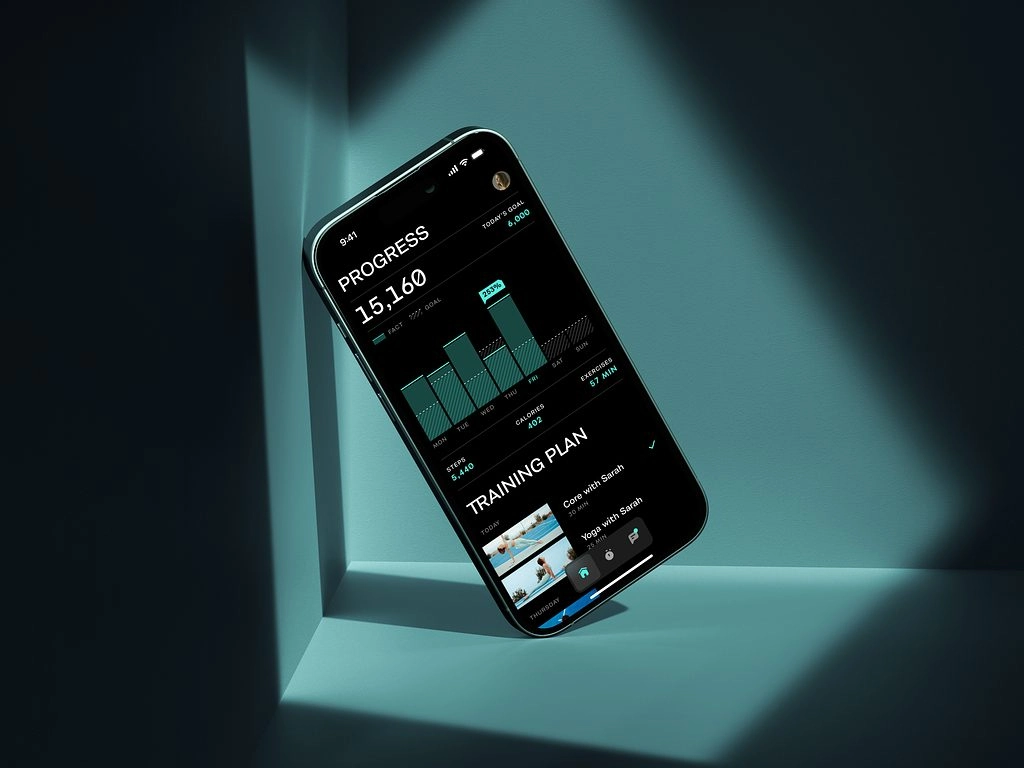The PUBG Nations Cup in Warsaw encompasses several elite Battlegrounds tournaments, showcasing national pride. Warsaw success is determined by mastering everything flashy fragging and clutch plays do not encompass — one of the most chaotic elements in PlayerUnknown’s Battlegrounds: the circle. Whether the Blue Zone’s position and timing works in or against their squad’s stragetic plans, from hot school in Erangel to remote compounds in the dense jungal of Sanhok. In this analysis, we look to the evolving RNG circle patterns throughout the tournament, discuss their strategic consequences, and think about how those models can be improved in order to stay ahead of the ever-predictable zone.
The Circle RNG Mechanics in Competitive Play

The circle RNG in PUBG moves in a circle algorithmically, but still finds a way to feel random. Each game begins with a pseudo-randomly selected point and “big” circle that is later transformed into smaller, contracted circles. In casual matches, players embrace the thrill that is semi-predictable. During the Nations Cup, even a minor bias in circle position may prove useful when calculating tension in strategic macro and panic-situational micro. Analysts in Warsaw observed that southwestern Erangel was “statistically overrepresented” from the northeast polytechnic gas station. During the first three days of group play, the first Blue Zone on Erangel disproportionately favored the southwest quadrant, harnessing the Severny and Yasnaya Polyana border. On Miramar, teams had to rotate through high ground control Paradon-Patron in order to advance towards mid game, where circles endlessly twirl around the desert floor. Knowing that national teams have these tendencies, even the slightest prediction gives reason to combat strategize ahead of time and figure out shifting selection zones across the map.
Pattern Recognition and its Strategic Consequences
When certain regions have a high likelihood of remaining inside or outside the next safe zone, teams can adjust their strategies accordingly. Broadcasters for the Nations Cup remarked how South Korean and Swedish squads, well known for Pre-Emptive Positional Play, shifted to prioritize compounds in the southwest on Erangel nights when that quadrant appeared “hot.” This enabled them to pour fewer resources—vehicles and ammunition—while their competitors were still jammed up in the north-eastern scramble. On the other hand, teams who were caught on the “wrong” side of the RNG curve found themselves performing expensive high-speed rotations across open fields getting shot at, using up critical utility and healing items.
The northeast circle vulcanization on Miramar caused a spike in activity around the Los Leones region and the pathways to the north region corresponding to Impala north, thereby shattering their typical sandbag fortress mentality. Mexican and Brazilian teams, used to the desert dynamics of Miramar, sent split rotation strategies whereby middle duo contention was established while the rest took ridge-line positions to dominate late-game sightlines. Such tactics lowered the chance of gunfire encounter crossfire with other players and increased the time spent looting safe compounds. Towards the later stages of the tournament, however, we observed teams falling into the trap of reverse psychology—self-imposed dropping into “cold” zones at the start with slight risk under-contested elements contested early loot, expecting a calisthenic mid-game retreat reversed-pull to them-surroundedby circles gratitudious contest laterwhile rotating back. These strategies emphasize the fact that understanding RNG biases, whether intentionally or not, can be pleasantly clever.
As a tip, Tournament Conditions Predictiv Models is also a mobile arcade game
The next circle might not be guaranteed by any model, but there is a glimpse of probability hidden in countless previous rounds of the tournament’s matches. The coaching teams for Nations Cup had the integration of a real time data pipeline that processed game logs from all previous tournaments. The machine learning computations were able to construct precise endpoint heat maps for specific regions, phases, and overall game time per server. Based on the heat maps and auxiliary factors like-passenger plane routes, vehicles, and game-time zones, teams strived to estimate not only the safest danger zones but also the suggested rotation routes. These models were used in Warsaw’s intense lobbies and were talked about in around huddles before the game, relay based discussions at times determining their final drop/plane comms.
In addition, teams tried to make real-time changes to these models by using each game’s final circle positions to update probability distributions for future iterations. For instance, if four out of five matches on Savage ended up southward, the model would increase prediction southward endpoints by an additional 5-7 percent. The balancing act remained managing model dimension versus cognitive strain on players. Overly complicated predictions with complex rotation paths risked players’ understanding. Simultaneously, too simple guidance could undermine impact. Quadrant-based guidance was both useful and simple—but actionable. Several underdog squads credited this strategy for clutch late-game splits where instead of crossing into tame flood zones, they anticipated the circle’s shift lunate drift forcing more aggressive teams into crossfire.
Changes in RNG Variance While Maintaining Adaptability

Even the most intricate models will face some degree of variance. During playoff rounds Warsaw saw the circle “reset”—drastic post phase three relocate fury set final safe zones to perilous open water and coastlines. Teams who depended heavily on historical footprints ended up scrambling, while teams who relied on flexible pre-set contingency plans thrived. This highlights a fundamental principle circle analysis is important but secondary to vehicle management, high-ground control, and close-quarters combat readiness.
Based on my understanding of the Warsaw PUBG Nations Cup however, Tokyo teams reserved a vehicle until the last three zones in order to escape last-minute drive-bys. Primary position holders received major late-game utility like boosts, heals, and smokes, while remaining team members positioned themselves. Those with strong in-game shot-callers optimally varied the travel routes to adapt to mid-point deviations using pivot rotations.



